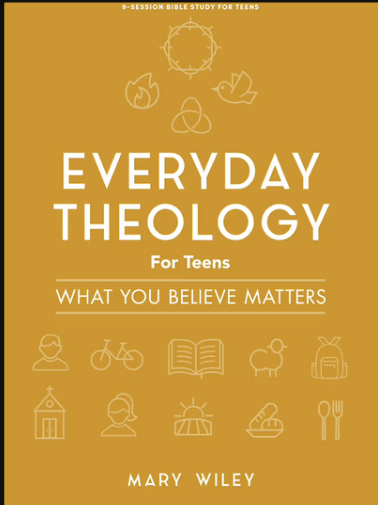When Jane was a little girl, her grandmother Alba handed her a beautiful white flower.
They admired its perfection together, noting its delicate beauty. Yet Alba instructed
Jane to crumple the flower in her hand until it was barely recognizable, then said,
“Now try to make it look new again”—an obviously impossible task. When Jane
looked at her with confusion and sadness, she said, “That’s right. You can never go
back. And that’s what happens when you lose your virginity! You can never go back.”
If that sounds extreme, it’s because it is; it’s from the CW’s show Jane the Virgin.
Sadly, though, it’s very similar to the message our kids hear from the Church today:
“Once you give your virginity away, you’re tainted and irreparably damaged, and you
have ruined your sexual future.” But it’s all wrong. Based in shame, regret, and fear,
this approach emphasizes outward conformity over inward obedience. Though the
original goal (being holy and pure) is right and good, our methods, it turns out, are
less than ideal.
As our kids become preteens, then teenagers, and eventually adults, we Christian
parents desire to equip them with knowledge, truth, and the ability to navigate the
sexual landscape. How to do just that is a hot topic, particularly in the evangelical
Protestant world. From purity rings and purity balls to books and bracelets, an entire
culture has developed. But often, it doesn’t seem to have worked. Parents are left
wondering where they went wrong and why their children have abandoned sexual
purity altogether. Young adults feel crushed and wounded by how their sexuality was
treated, often citing what’s come to be known as “purity culture” as one of the main
reasons they’re disenchanted with the Church. So where do we go from here? How
can we take the good from the conversations we’ve been having, reject what is wrong,
and raise our kids with a desire to be pure before God?
DOWNLOAD PDF HERE








